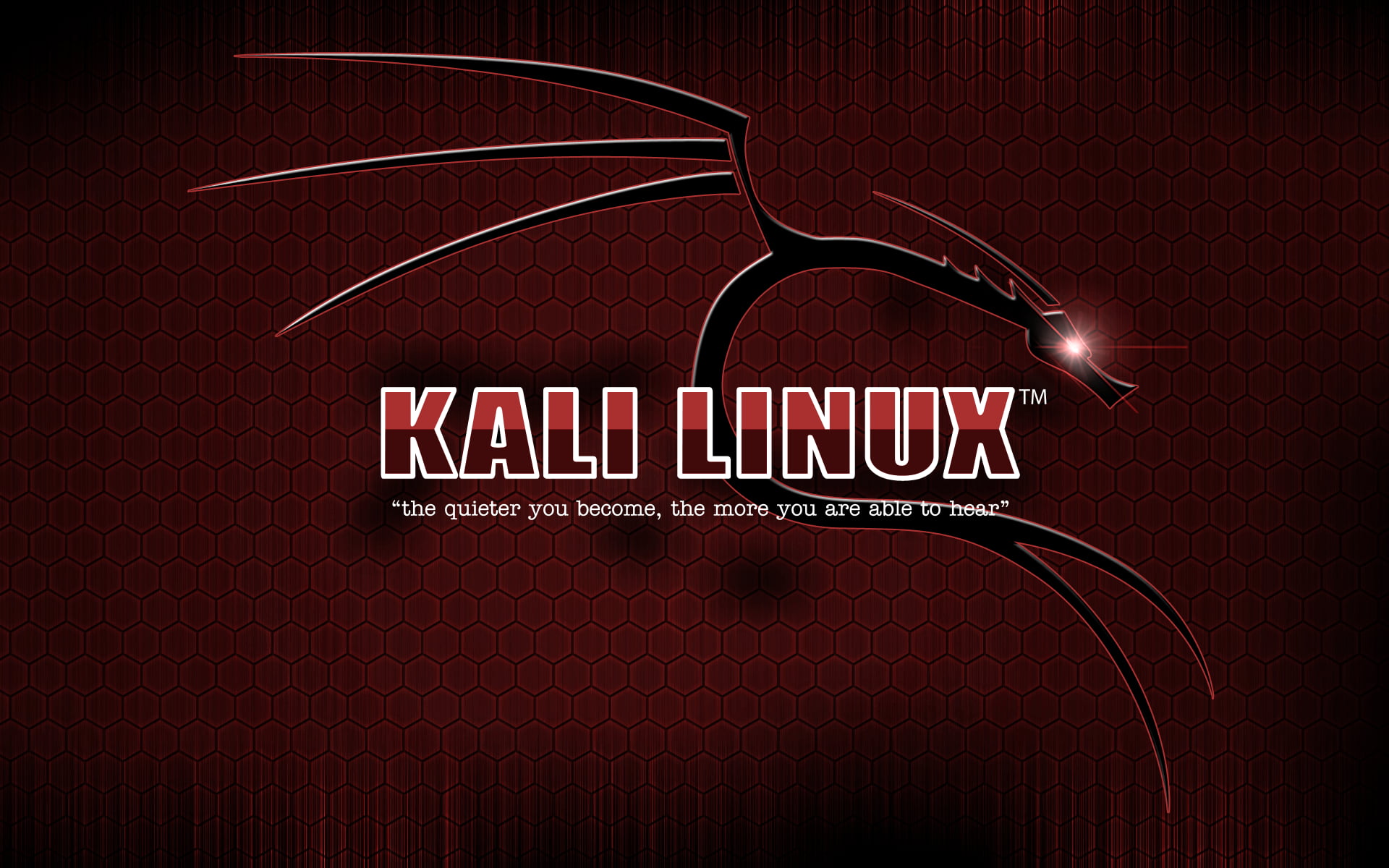

After setting the password is set, the installer will prompt for time zone data and then pause at the disk partitioning. After setting up the hostname and domain name, you need to create a new user account to use instead of a root account for non-administrative activities. Set Hostname for Kali Linux Set Domain for Kali Linuxģ. Provide the appropriate information for the environment and continue installing it. Once through the locale information, the installer will prompt for a hostname and domain for this install. The next couple of screens will ask the user to select locale information such as language, country, and keyboard layout. This guide will be using the ‘Graphical Install’ method. Upon successful booting to the USB drive, the user will be presented with the following screen and should proceed with the ‘Install’ or ‘Graphical Install’ options. First, plug the USB drive into the respective computer that Kali should be installed upon and proceed to boot to the USB drive. Installation of Kali Linux Distributionġ.
LINUX KALI INSTALL
Once the ISO is copied over to the USB drive, proceed further to install Kali Linux. Also, this command will REMOVE EVERYTHING on the USB drive. Important: The above command requires root privileges so utilize sudo or login as the root user to run the command. With the name of the USB drive determined as /dev/sdc, the Kali ISO can be written to the drive with the ‘dd’ tool. First, the disk name needs to be located with the lsblk command though. To accomplish this we can use the dd tool within Linux. The next process is to write the ISO to a USB drive to boot the installer.

LINUX KALI DOWNLOAD
The two commands above will download the Kali Linux ISO into the current user’s ‘Downloads’ folder. To obtain this version, type the following wget command into a terminal. This guide is going to use the current newest version of Kali with the XFCE Linux desktop environment. This bootable Kali Linux USB drive is going to be created from another Linux machine. Please be sure to backup all data before proceeding. Regardless, following the next few steps WILL RESULT IN DATA LOSS ON THE USB DRIVE. The author has had issues with larger USB drives but some may still work. Take note that the USB drive should be as close to 4/8GB as possible and ALL DATA WILL BE REMOVED! This guide will be assuming that a USB drive is available to use as the installation media. ISO is available from the Kali Linux download page.At least 2GBMB of RAM more is encouraged especially for graphical environments.At least 20GB of disk space strongly encouraged to have more.This guide will be assuming that the reader will want to install Kali as the only operating system on the computer. Depending upon the intended use, more may be desired. Kali has some minimum suggested specifications for hardware. The information contained within all of these Kali articles is intended for legal usages. Please be sure to use extreme caution with the tools included with Kali as many of them can accidentally be used in a manner that will break computer systems. The focus of this guide and future articles is to help individuals become more familiar with Kali Linux and several of the tools available within the distribution. Successfully passing this exam will allow the test taker to obtain the OSCP credential.
LINUX KALI PROFESSIONAL
The certification is a rigorous 24-hour challenge in which applicants must successfully compromise a number of computers with another 24 hours to write up a professional penetration test report that is sent to and graded by the personnel at Offensive Security. Kali even has an industry-respected certification available called “ Pentesting with Kali”. Kali Linux is a secure Debian-based Linux distribution that comes pre-loaded with hundreds of well-known security tools and has gained quite a name for itself. While many of the tools in Kali can be installed in most Linux distributions, the Offensive Security team developing Kali has put countless hours into perfecting their ready-to-boot security distribution. Kali Linux is arguably one of the best out-of-the-box Linux distributions available for security testing.


 0 kommentar(er)
0 kommentar(er)
